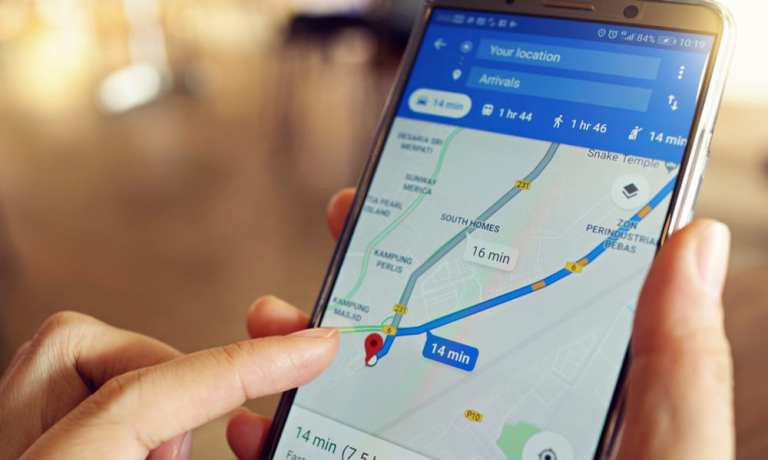
In 2019, 5.4 billion people across the globe downloaded a shopping app. But after that initial download, retailers and purchase aggregators pretty much let users run the course of their screens, never thinking that advanced applications would someday become important.
That “someday” arrived with COVID-19. Those apps that were “nice to have” for consumers have in many cases become lifelines to commerce, as eCommerce and mobile commerce have led the shift to digital. Also washed away in the “nice to have” category have been location-based services. Some companies have been trying to bring retailers into the new world of “necessary” location-based app technology for mobile retailing.
For example, a company called Radar is helping retailers connect their apps to location services via application programming interfaces (APIs). These APIs were nice to have before the crisis, because at that point, knowing the customer’s location within the radius of the retail footprint was optional. But as the COVID-19 crisis has caused a proliferation of curbside pickup for many restaurants and retailers, knowing customers’ locations is no longer just an option. When a retailer has to deliver on time, that location becomes essential to the customer experience.
APIs enable businesses to access a new database or technology. Radar just released three APIs: The first identifies the distance between the retailer and the shopper and then calculates an estimated time of arrival based on the mode of transportation, so the retailer can prepare an order to be fulfilled within that time period. A second API connects to search, allowing consumers to open a retailer’s website and see all relevant locations nearby. In that way, an essential trip to, say, a grocery store can be combined with a trip to a nonessential retailer, such as a bookstore. The third API covers geocoding, which takes a precise longitude and latitude measurement and converts it into an address. So if a consumer is using a home delivery app like Grubhub, they can also see which businesses are in the proximity of that service.
APIs have up to this point been associated with FinTech and open banking. The way Radar COO Coby Berman explains it, APIs are a layer of abstraction. They connect to consumers without having to build new apps or in-house technology.
“One thing we’re seeing with COVID is that companies are very quickly throwing out whatever roadmap they had planned for 2020 and building in trust and safety-related features,” he said. “APIs help them get there faster. I think the second point is around just reducing the overhead and maintenance cost for the future state. You know, every time iOS or Android has a new update, there are tons of changes that an API has to get ahead of. And because we are that layer of abstraction, we sort of solve what would be future maintenance work for customers.”
Berman thinks retailers have changed their view of what it takes to boost consumer engagement. In a pre-COVID world, they tried to engage with consumers based on their general location rather than driving ancillary or opportunistic purchases. And they also didn’t look at their mobile apps as something that could build trust and safety, or as a way to message consumers.
“Maybe it’s letting them know you see them in the parking lot,” Berman said. “Or maybe it’s as simple as letting consumers know the store is open. Or maybe it’s a reminder that you should stay six feet apart when you shop. Without knowing where someone is, it’s really hard to deliver that type of message. It’s a shift from revenue-centric engagement to operational-centric engagement.”
Berman believes APIs and mobile technology can also build a better in-store experience. They allow retailers to think about their mobile application as not one screen, but a series of different screens. It’s pretty unlikely that a customer could go through every screen in an app, but APIs can present the relevant pages and content that the retailer wants to display at certain times to reduce friction and improve the shopping experience. For example, a consumer could be using the app to create a shopping list for a grocery store, and an API could automatically serve up offers that relate to the list of items.
“Location used to be a revenue-based add-on,” noted Berman. “Like, how do I make $1.50 instead of $1? And now it’s like, how do I even use this to complete this transaction, which is, I think, elevating the image. And it also helps us reach the C-suite with some retailers.”
Apps are meant to provide more customer engagement and have become table stakes for retailers. Location, however, can be a competitive advantage.
“People are now starting to make buying decisions based on who’s got a faster or more efficient app,” Berman said. “New things like contactless delivery also inform buying decisions. If you’re not up to speed in customer expectations, you’re missing a core competency.”